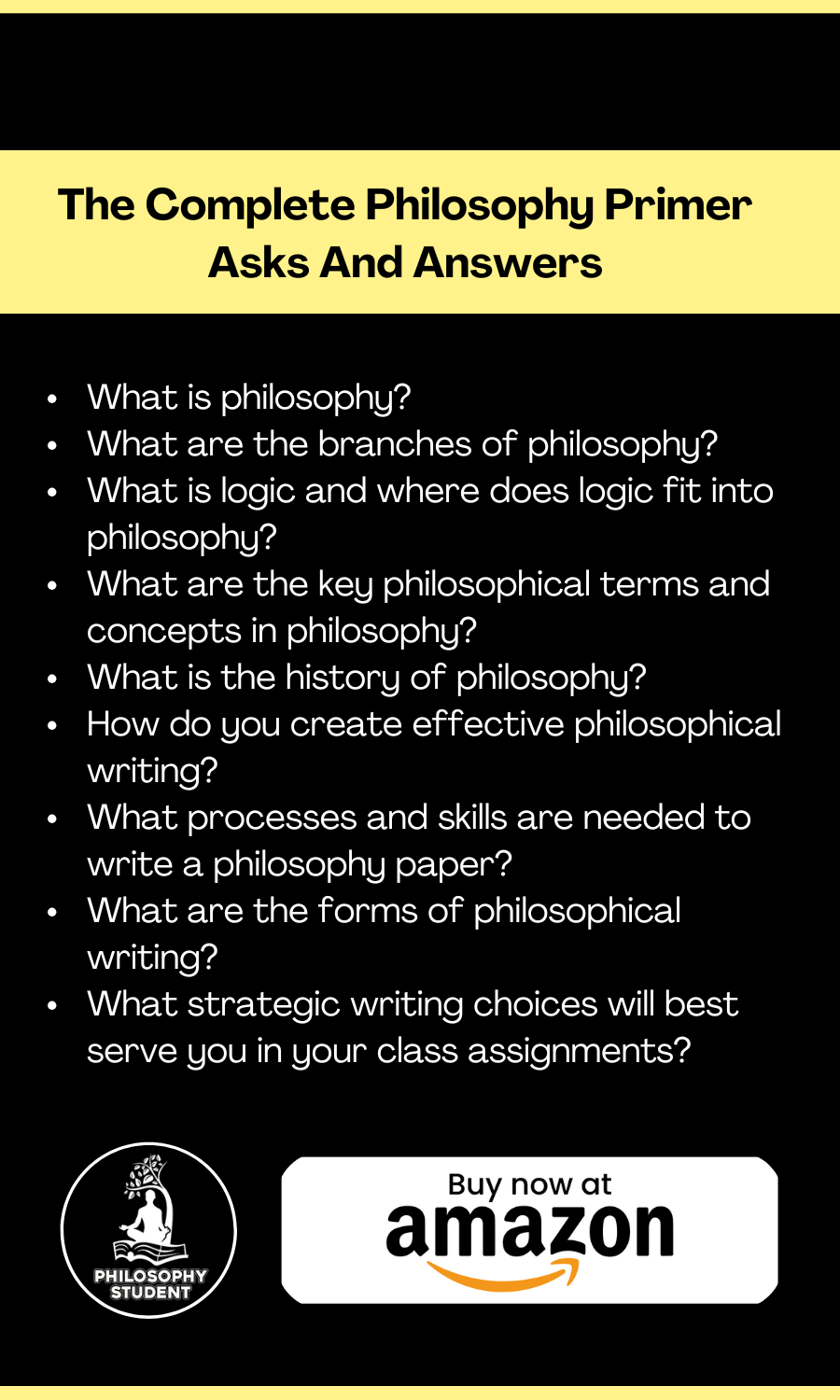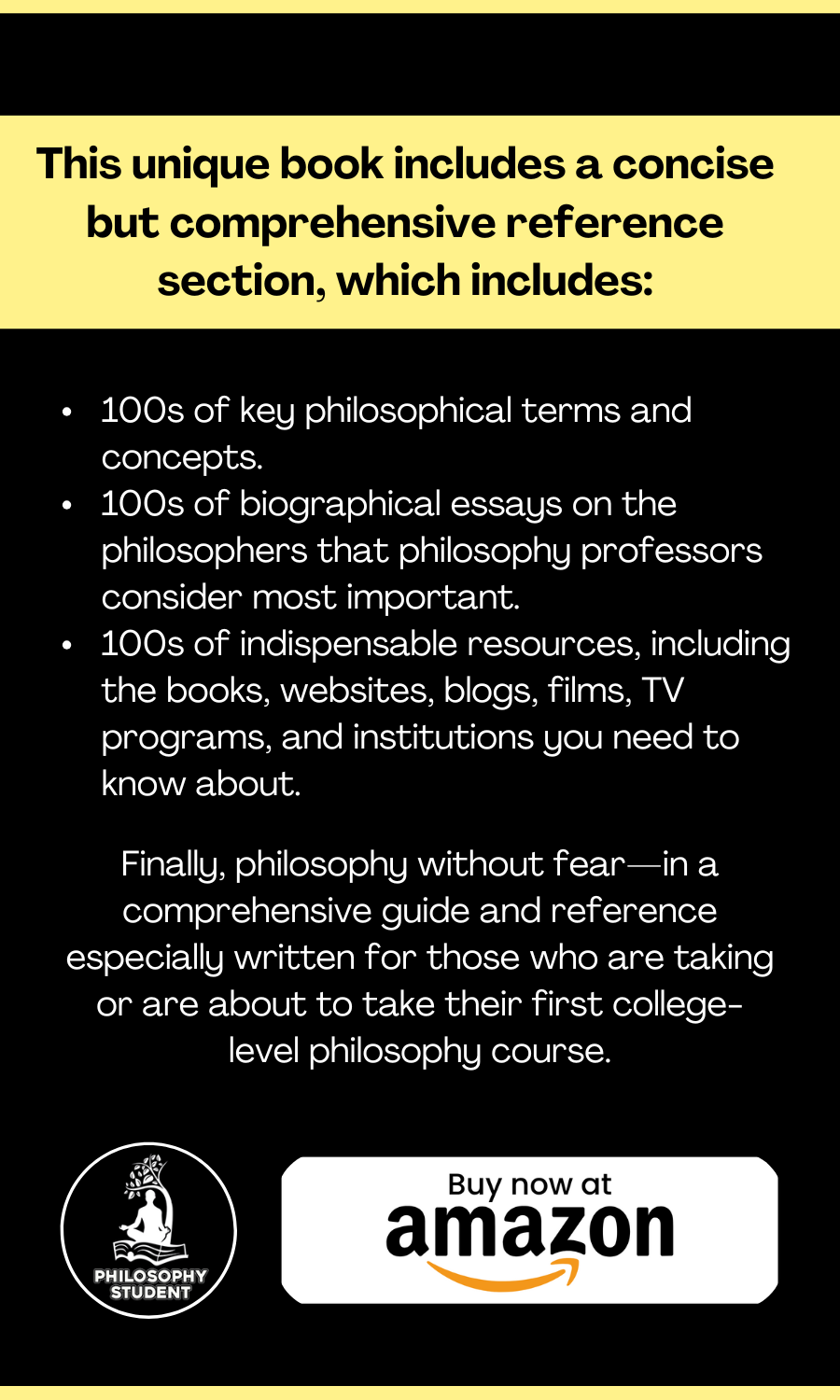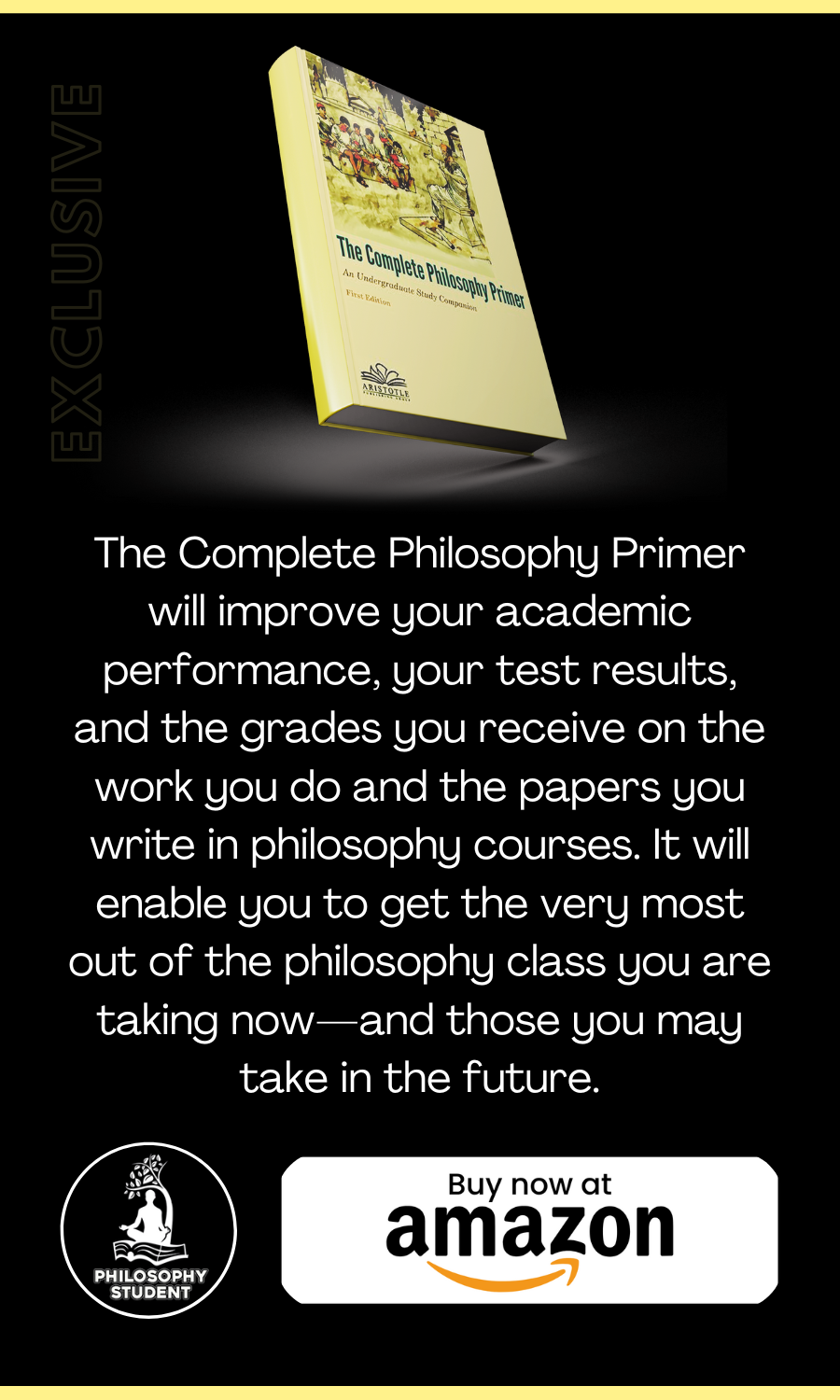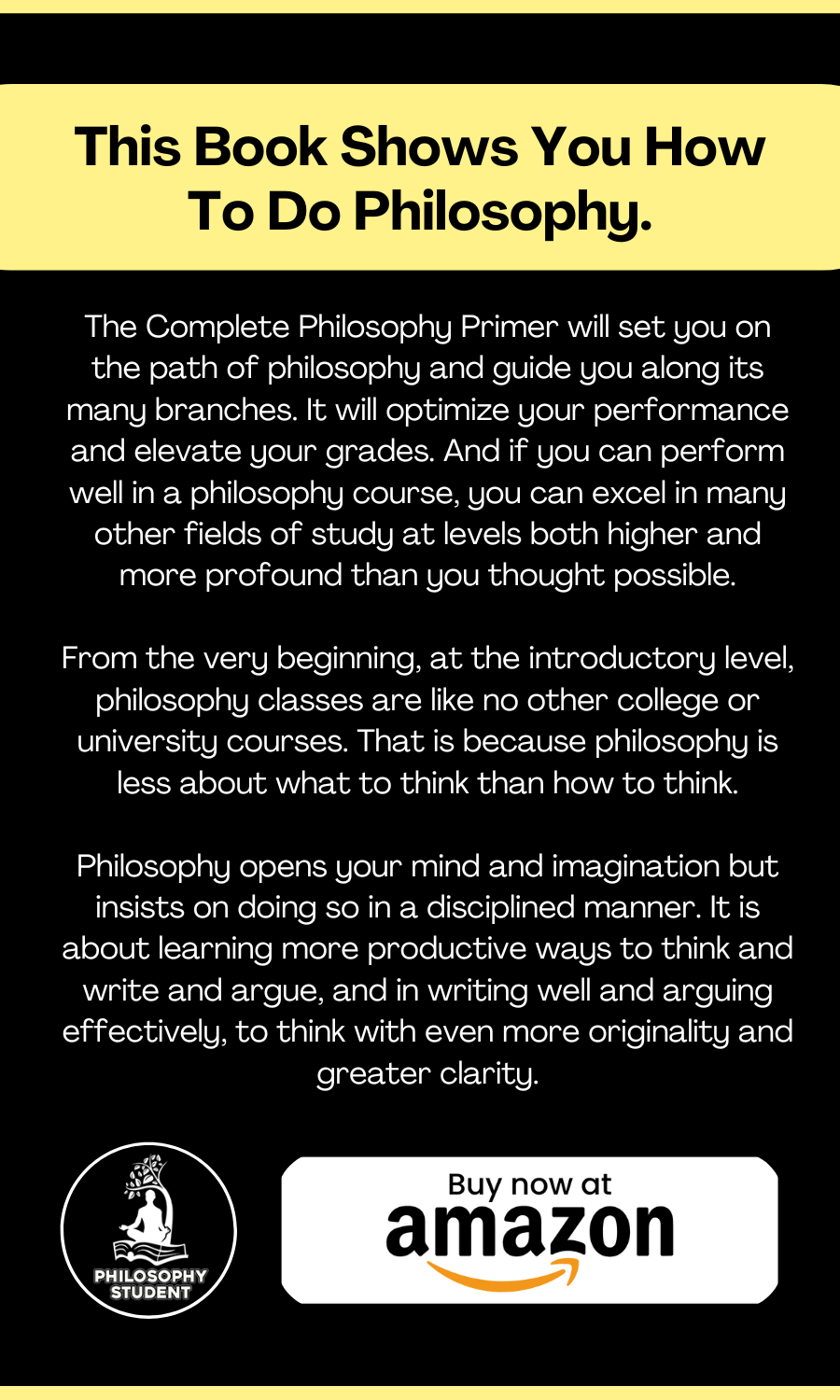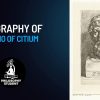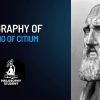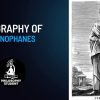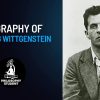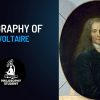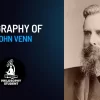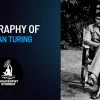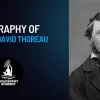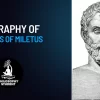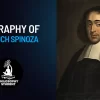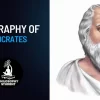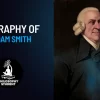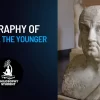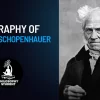A polymath active in the realms of literature—including poetry, fiction, and drama —diplomacy, government administration, and science (“natural philosophy”), Goethe created a career not easily categorized. By volume and influence, he is best known as a literary figure, but his literary works have a compelling philosophical basis, especially with respect to ethics, religion, and politics. In addition, his extensive work in science—or natural philosophy, as it was still called at the time—has strong implications for philosophy, particularly in the areas of phenomenology and epistemology
Goethe’s life is well known and has been extensively studied and written about. The essential facts follow. He was born on August 28, 1749 in Frankfurt, the son of a wealthy attorney married to the daughter of the Bürgomeister. Goethe enrolled in Leipzig University in 1765 and then traveled to Strasbourg for legal studies, which he completed in 1770-1771. His prolific and prodigious literary career began early, in 1769, with a play, Die Laune des Verliebten (The Mood of the One in Love), which was followed in 1773 by his first notable drama, Götz von Berlichingen. The next year came his initial literary breakthrough with the romantic novel, Die Leiden des jungen Werthers (The Sorrows of Young Werther), a work that embodied the Sturm und Drang (Storm and Stress) prelude to the Romantic era in European literature, art, and thought. It both created a popular sensation in Europe and became the subject of much philosophical discussion of an existential direction, relating mainly to the question, “What is the purpose of life?”
On the strength of what Goethe had achieved with Werther, Duke Karl August invited him to Weimar to serve in his court as an adviser and administrator. He would remain in Weimar for the rest of his life.
During 1786-1788, Goethe toured Italy, an experience that fired his imagination and turned it toward the classical era. During 1787-1789, he produced three major dramas, all landmarks of German literature, Iphegenie auf Tauris (Iphigenia in Tauris, 1787), Egmont (1787), and Torquato Tasso (1789).
Beginning in 1791, Goethe increasingly devoted himself to scientific studies while also approaching the epoch of his greatest literary achievement. In 1794, he began a friendship with the playwright and aesthetician Friedrich Schiller, which lasted until Schiller’s death in 1805 and was an enduring inspiration to Goethe in his literary output. In 1796, he published the novel Wilhelm Meisters Lehrahre (Wilhelm Meister’s Apprenticeship), followed in 1797 by a long poem, Hermann und Dorothea. During 1808-1831, he wrote one of the great autobiographies in world literature, Dichtung und Wahrheit (Poetry and Truth), which is also of philosophical interest, especially with respect to the roles of intuition and rationality in the
acquisition of knowledge. In 1829, Goethe published the second part of Wilhelm Meister, titled Wilhelm Meisters Wanderjahre (Wilhelm Meister’s Journeyman Years).
Early in his career, in 1770, Goethe published Faust, Part I, in itself a complete epic poem. In 1832, Faust, Part II was posthumously published. Together, these works constitute not only Goethe’s signature masterpiece but what many readers and critics consider the greatest poetic work ever published in the German language. Like all great works of literature, there is in Faust the most profound philosophy. It may be viewed as a phenomenology of experience itself—of the bases of religion, ethics, and knowledge, and of the balance of knowledge and ethics.
Goethe died, of heart failure, on March 22, 1832, his last words (reportedly) being “Mehr Licht!” (“More light!”). He was buried in the Ducal vault of Weimar, beside the body of Friedrich Schiller.
As a natural philosopher, Goethe studied morphology (form and structure of organisms), optics, and anatomy. He wrote Metamorphosis of Plants in 1790 and Theory of Colors in 1810.As a scientist, philosopher, and Romantic, Goethe sought to reconcile rational inquiry with knowledge that transcended rationality. In effect, he took up the epistemological problem Immanuel Kant had addressed, reconciling the validity of knowledge derived by reason with the German Idealism of Fichte, Hegel, and Schelling to bridge the divide between sensual reality and the super-sensual realm beyond it. Later, in the America of Emerson, this would produce the philosophical school known as Transcendentalism.
In his study of natural science, beginning with botany, Goethe sought to infuse the mechanical rationality of taxonomy with an approach that engaged humanity with nature, the interrelation of nature and natural historical change, and the role of the observer’s sensibilities intuition, emotions, and imagination. He advocated the role of a scientific experimenter as humane and life-affirming, with the objective not merely of describing anatomy or taxonomy but of entering into the living essence of what was observed in the natural world. By so doing, Goethe believed that the natural philosopher could penetrate the surface and reach the Ur-phänomen, the ur-phenomenon, which would reveal a new vision of natural order and obedience to natural law.




